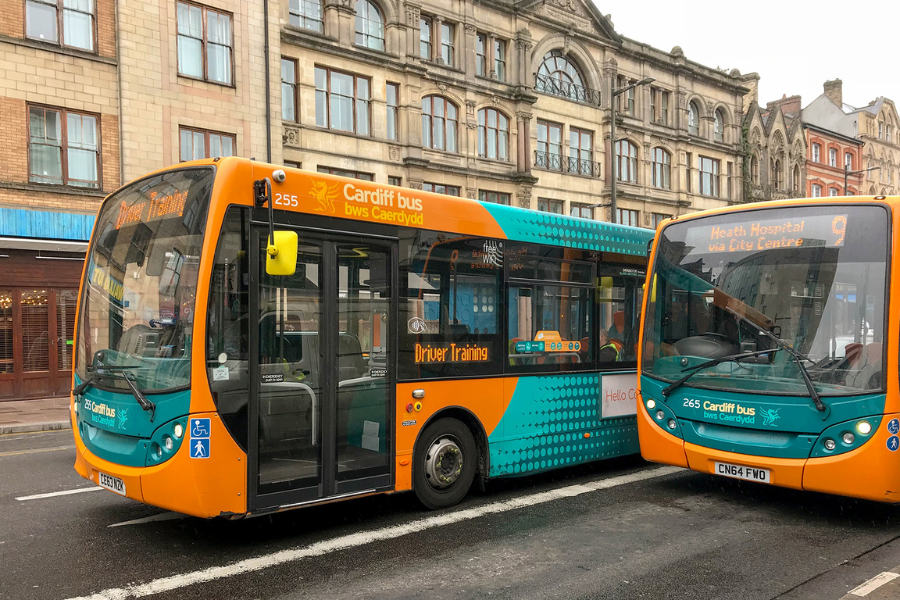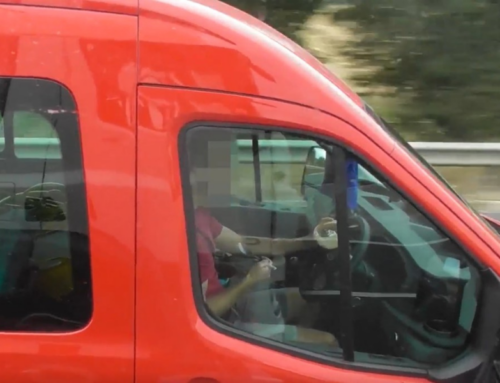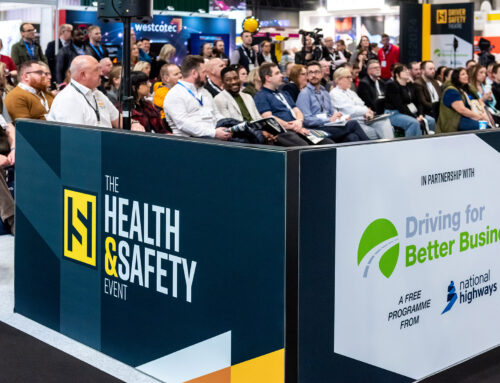Simon Gardner from Cardiff City Transport Services Ltd is a PCV examiner with decades of experience. He currently volunteers as transport manager for Swansea Bus Museum and is the DVSA approved Delegated Driving Examiner at Cardiff Bus. He shares his experience of modern road safety challenges.
“Bus driving has always taken skill and care because buses work with and around vulnerable road users. However, it’s becoming harder because the roads are being narrowed in order to fit in more separate traffic streams.
Roads are also narrowing and junctions moving forwards to the point where there is no spare room for buses to turn. The driver literally has no room for error.“
Simon Gardner, Cardiff City Transport Services Limited

What’s the greatest challenge in terms of bus safety today?
Bus driving has always taken skill and care because buses work with and around vulnerable road users. However, it’s becoming harder because the roads are being narrowed in order to fit in more separate traffic streams. Our bus lanes now have a cycle lane running to their left, so passengers must cross the cycle lane in order to reach the bus stop. That means that drivers need to check the cycle lane carefully before letting passengers disembark.
Roads are also narrowing and junctions moving forwards to the point where there is no spare room for buses to turn. The driver literally has no room for error.
In September, the speed limits in Wales are also changing so that some 30mph zones will become 20mph zones. We shall have to watch the effects of that. Most of our buses are rarely doing more than 20mph in urban areas anyway, but sometimes other road users who might have been speeding slightly in a 30 zone can suddenly be speeding excessively in a 20 zone, so our drivers will have to take particular care.
Electric vehicles are playing a bigger part in bus fleets now. Does this affect how you train or examine drivers?
At the moment, drivers are not given licence acquisition training or examined in electric buses because the asset is disproportionately expensive to the task. Of course as all buses become electric that will change. No doubt DVSA will also adapt the pre-use checks etc that drivers need to do to accommodate EVs.
The driving experience is different in electric vehicles, however. The acceleration is much more sudden and it is possible for drivers to pull out at roundabouts without realising they are doing 30mph and not 15. EVs also brake differently, and they are much heavier. Operators can expect more tyre wear, and should also be aware that if they do have collisions, the extra weight of the vehicle can make the incident more serious.
Has the driver shortage abated at all in the PCV world?
We have plenty of applicants and I certainly conduct far more PCV tests than I used to. Three years ago I would have overseen 40 tests a year. This year I have done 90 so far.
There have been changes to the test format which has lowered the standard in my opinion. People can now qualify to drive large vehicles with only their car licence as a pre-qualification, and many people have been attracted into driving after years of doing a completely different type of job. That’s not necessarily a problem but we should be aware that office work and professional driving require completely different skill sets. Reversing has been outsourced by DVSA so now companies can have one of their own trainers accredited to examine the reversing component. That means that they have an incentive to pass people, which isn’t ideal.
Despite having done 90 tests for new drivers so far this year, Cardiff Bus has a good safety record.
To what do you attribute that?
It’s lots of things, but we have put a lot of effort into continuous training and improvement. After COVID we had a lot of telematics scores routinely in the red. So for the past two years I have gone out with a driver at least once or twice a week to coach them, and gradually all those telematics scores have shifted to green. We also use our DCPC training in a very targeted way. Each year we pick a theme, such as customer care, accident avoidance, or fuel economy. As targeted courses they are very successful in achieving our goals.
All our instructors are trained by me, so they know the high standards I expect.
We also give extensive driver training for licence acquisition. One driver came from another company and said: “They are great. They get people through in two weeks.” He didn’t understand why we all laughed until someone explained: “We give a minimum of eight weeks’ training to every novice driver.”
What improvements could be made which would help drivers be safer in the wider industry?
I would like to see manufacturers pay more attention to the ergonomics of vehicles. If designers had to be drivers, they would place things where the driver can use them without difficulty and so would be more likely to use them to good effect. We see a lot of issues with internal design: mirrors, or camera screens which are not in ideal locations, or which require the driver to move their head counter-intuitively, or handbrakes set so low you would get repetitive strain injury from having to heave it up at every bus stop.
Some traffic calming measures could also be rethought to take the physical strain off drivers. One of our routes had 96 speed bumps – that was terribly hard on the vehicle and the driver, so we instituted a rule that no one should drive it more than twice in a day.
You are a pretty determined character, aren’t you? You’ve achieved a lot in your career but seem to have become even more ambitious since having two strokes three years ago. What makes you want to keep pushing yourself?
I fell in love with training after being a finalist in Bus Driver of the Year. I joined Cardiff City Bus in 1992, and worked for my RoSPA diploma, my training degree and my examiner qualifications. I’m Chartered Member of CILT and I’ve also been made a Fellow for the Association for Road Risk Management (AARM).
I did have two massive strokes three years ago. The NHS teams were good people but very quick to tell me I wouldn’t work again. I wasn’t having that. When they came to do some physio and gently suggested they take me outside I laughed. “I’ve already been hill walking this morning,” I told them.
I enjoy gaining new qualifications. It’s good for you and I’ve also had a secret ambition to have more letters after my name than in it – which I’ve now achieved.
When I volunteered for Swansea Bus Museum, they were about to give up their little fleet, which they use to raise funds for the museum, because no one wanted to be transport manager. So I took it on and when the TC suggested I take a refresher course, I went one better and redid the examination.
I am a little obsessive about training and learning – probably more now than before my stroke. But you can’t go wrong by setting your standards high and giving yourself something to aim for.
I remember coming out of hospital and having a lecture scheduled on behalf of ARRM. I really didn’t want to let them down. So I did the lecture sitting up in bed with a shirt and tie on my top half and pyjamas underneath. I like to think no one could tell.






